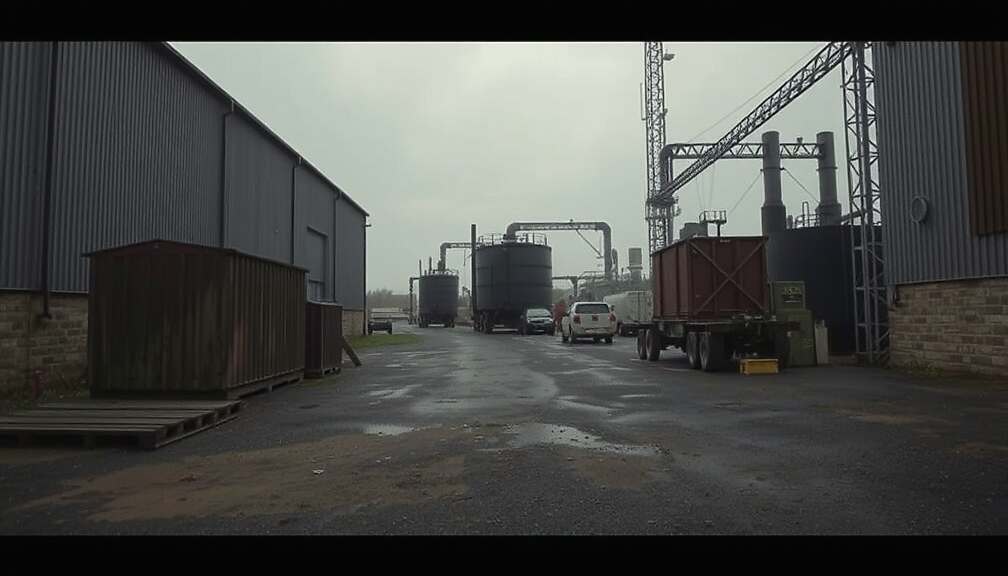German industrial output continues to shed jobs, with the automotive sector experiencing particularly severe losses, according to data released by the Federal Statistical Office (Destatis) on Thursday. The industry’s workforce shrank to 48,700 fewer employees by the end of the third quarter of 2025, a 6.3% decrease that stands as the most significant decline among major industries employing over 200,000 people. This represents a workforce of 721,400 – a low point not seen since the second quarter of 2011.
While the automotive industry remains the second-largest employer after mechanical engineering, the erosion of jobs raises serious questions about the future of German manufacturing dominance. The broader manufacturing sector also witnessed declines, losing 120,300 jobs, or 2.2%, year-on-year.
A closer examination reveals a stark disparity within the automotive sector. Suppliers are bearing the brunt of the job cuts, experiencing more substantial losses than the major car manufacturers themselves. While the number of employees in vehicle and engine production fell by 3.8% to 446,800, the supplier segment for bodies, superstructures and trailers saw a 4.0% reduction to 39,200. Notably, the supply chain producing parts and accessories suffered a staggering 11.1% decline, employing just under 235,400 people.
This trend is not confined to the automotive industry. Metal production and processing saw a 5.4% drop in employment, while the data processing equipment, electronics and optical products sector contracted by 3.0%. Declines were also evident in the plastics industry (-2.6%) and the production of metal goods (-2.5%). Even traditionally robust sectors like mechanical engineering experienced a 2.2% reduction.
The data underscores vulnerabilities across key German industrial pillars, prompting questions about the impact of global economic pressures, the transition to electric vehicle production and the broader competitiveness of German manufacturing. While the food industry demonstrated resilience, with an increase of 1.8%, the widespread job losses across other crucial sectors highlight a potentially systemic challenge that demands policy intervention and strategic investment to safeguard the future of German industry and the livelihoods of its workforce. The figures may also necessitate a reassessment of government support programs and incentives aimed at fostering innovation and securing employment within the nation’s industrial base.












